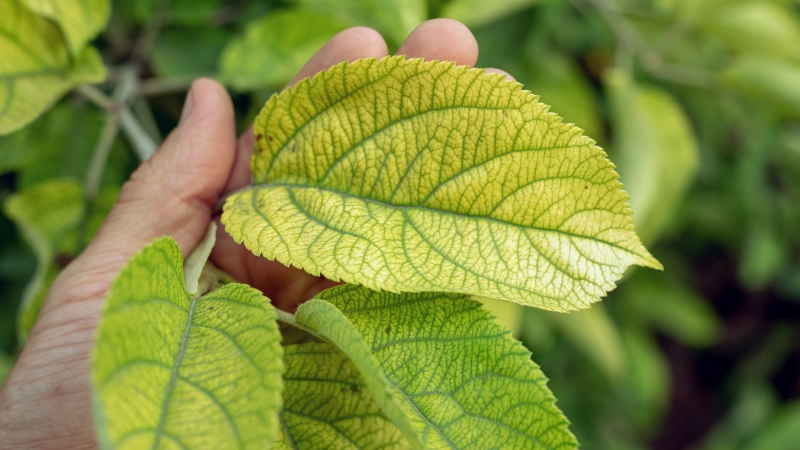Study Backs Benefits Of Banker Plants
Keeping valuable greenhouse crops safe from whiteflies and thrips may become easier for producers, thanks to a new study on banker plants from the University of Florida and USDA.
A trend in biological pest control, banker plants provide food and shelter to natural enemies of target pests, giving the enemies a home base so they can provide continuous pest control.
In a study posted online by Biological Control, researchers tested three ornamental pepper varieties as host plants for the well-known predatory mite Amblyseius swirskii. The mite dramatically reduced silverleaf whitefly populations, as well as chilli thrips and Western flower thrips, on greenhouse-raised green bean plants and pepper plants.
This approach could work for other greenhouse-grown vegetables, fruits, herbs, and ornamentals, said Lance Osborne, UF/IFAS entomology professor.
The ornamental peppers tested were Masquerade, Red Missile, and Explosive Ember. All performed about equally well, he said. “The banker plant seed is commercially available, and so is the mite,” said Osborne at UF’s Mid-Florida Research and Education Center in Apopka. “The peppers are easy to grow. Once they start to flower you put the mites on them and then it’s off to the races.”
In the study, researchers began by establishing colonies of A. swirskii mites on the ornamental pepper banker plants, and simultaneously infested greenhouse-raised green bean plants with silverleaf whiteflies, chilli thrips, or a combination of chilli thrips and Western flower thrips. After banker plants were moved into the greenhouses, the mites were free to disperse to the beans. Two weeks later, overall populations of the silverleaf whitefly were reduced to less than 1% of those on control plants; overall thrips populations were reduced to about 5% of those on control plants.
The study was part of a larger banker-plant project funded by the USDA’s Agricultural Research Service via its Floriculture and Nursery Research Initiative. The research team included Osborne, Cindy McKenzie, a USDA entomologist based in Fort Pierce, and Yingfang Xiao, Pasco Avery and Jianjun Chen of UF/IFAS.









